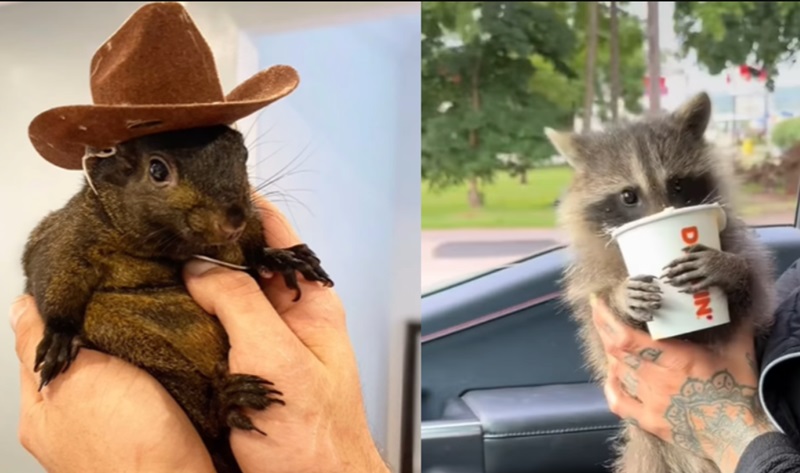
Although not officially, scientifically proven I am convinced that a good part of the current anti-police sentiment in some sectors of the population comes from the indoctrination of the public in the mythology of lethal encounters portrayed in fictional media. It’s always clear who the bad guy is. The bad guy gets the first shot, and the good guy’s bullet knocks the bad guy backward. The scene is always of a fair fight where the good guy’s strength, courage, and marksmanship prevail.
Deadly encounters in real life rarely fit the template of fiction.
On cop shows a suspect who gets shot at either barely escapes or falls in defeat. Not so in a Knoxville, TN call where officers were approaching a house where a caller had reported a woman threatening herself and others with a knife. The woman, armed with a knife, sprang from the house charging the officers who made repeated pleas for her to stop. As she got closer the officers were forced to fire, only to see the woman once again pick up the knife to approach the officers, again in the face of pleas to stop and drop the knife. The officers fired again, the woman fell again, and, with amazing determination attempted a third charge and was again shot. Officers rendered aid but she died soon after in the hospital.
On the big and small screens, the director can go for a wide shot or a closeup. Neither of those work well in a scene where the officer or suspect is still in the car when the shooting starts. Real life isn’t so accommodating. In Pueblo, CO officers investigating a man with a gun call saw a suspect behind the wheel of a vehicle in the parking lot of a Popeye’s Chicken restaurant. Officers ordered the man to show his hands and stop reaching around inside the vehicle. Instead of complying the man, still seated in his car, opened fire on officers who responded with lethal fire. In Los Angeles, officers stopped a vehicle when an occupant immediately began firing on the patrol car with a rifle, injuring the two officers inside who were still able to return fire as the suspect fled.
Screenplays are fond of showdowns where suspects and officers are at a standoff with itchy trigger fingers. With the advent of many more encounters being captured on video, we see the real world of officers trying desperately to avoid shooting someone. Body camera audio frequently captures officers ordering an armed suspect to comply, often pleading earnestly that the suspect not make them shoot. Two Waterloo, IA officers were attempting less lethal means to subdue an armed man by using a Taser. The reward for their restraint came from the suspect’s handgun whose fire struck both officers, one of whom was still in the patrol car.
In Dallas, a man in a tent armed with several knives and threatening a woman engaged officers for nearly an hour as they attempted to calm the situation. After verbal negotiation, the use of a Taser, and a less lethal 40 mm stinger round while the man threw knives at the officers, the suspect made a charge at the officers who had to react with deadly force.
Of course, the TV and movie versions of deadly encounters don’t have the time or take the time to show the real aftermath for the officers. Fictional cops get to go back to work. Real cops can stay suspended for months waiting for an investigation of their actions to be completed. They wait, forbidden to discuss it, while critics rail and spin their own narratives. Years of civil litigation may loom. The possibility of criminal charges threaten. They relive the experience in court again and again. They may suffer lifelong trauma, and the fear of hesitation when another deadly scenario presents itself. The closing credits may never roll.






